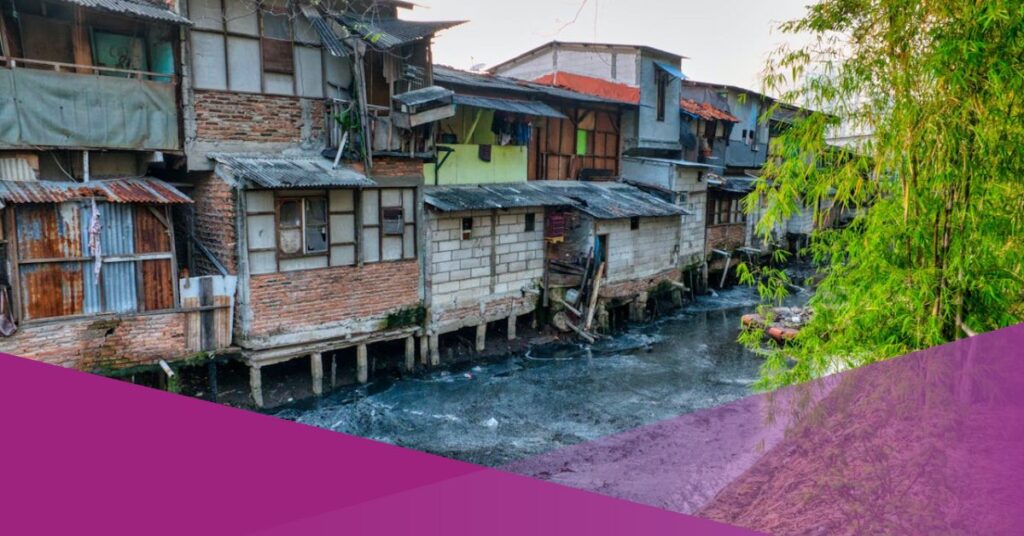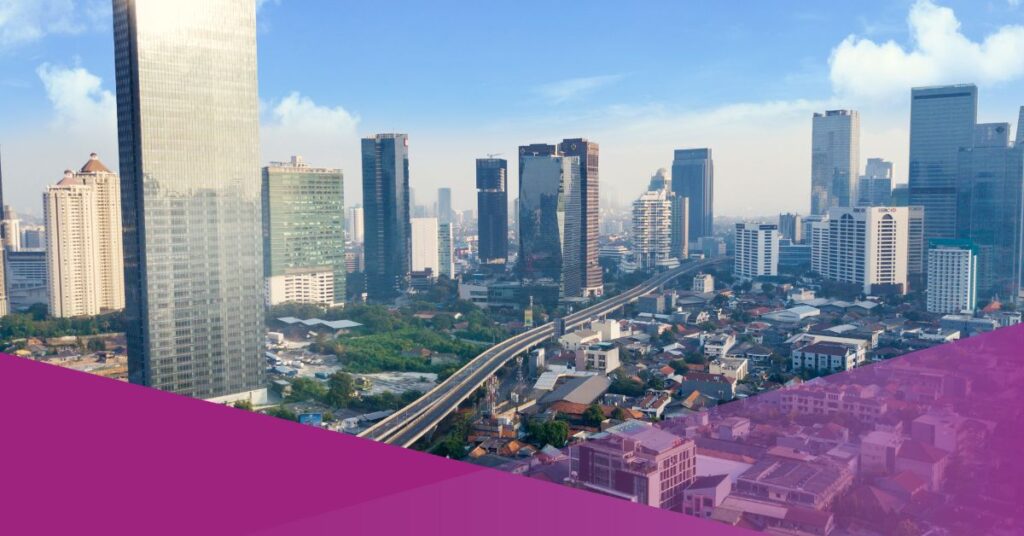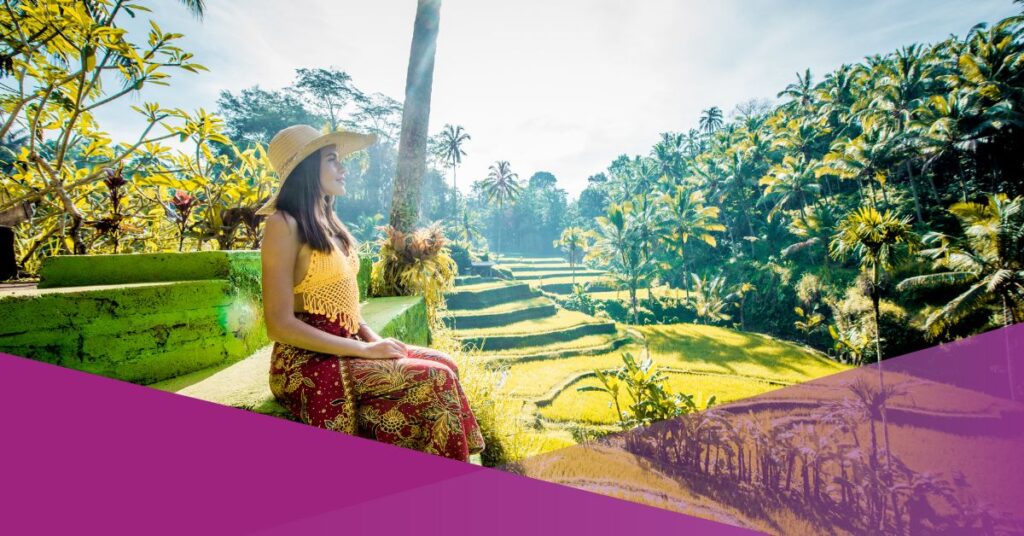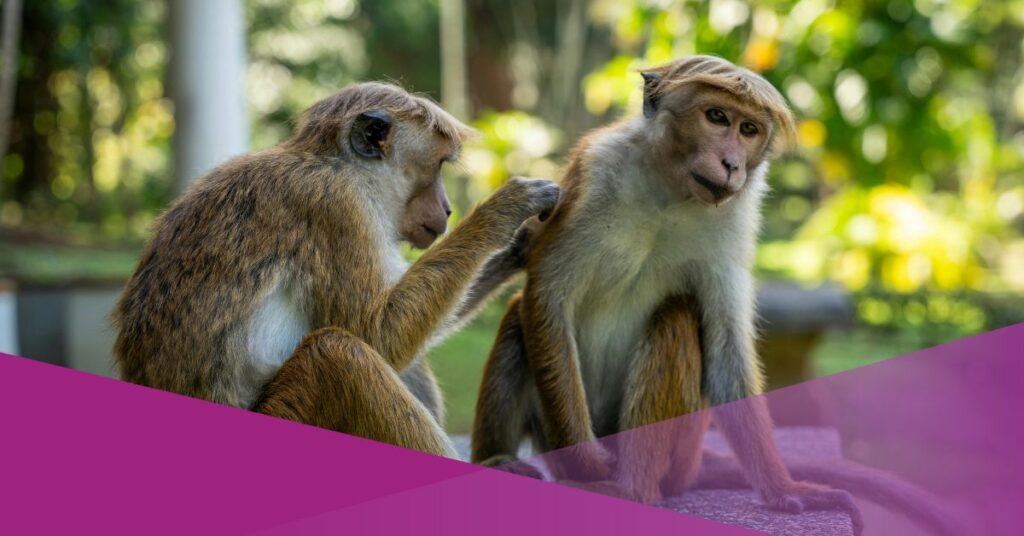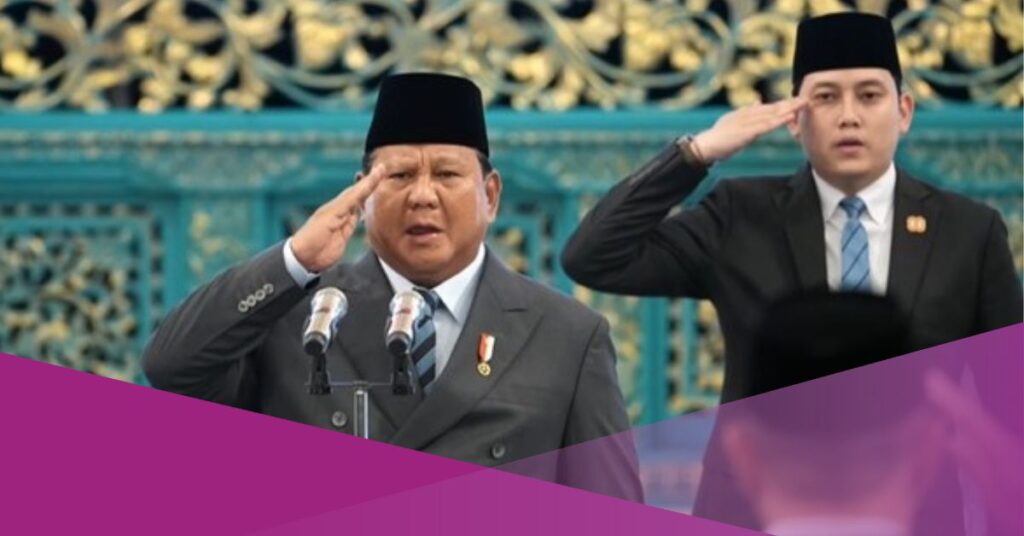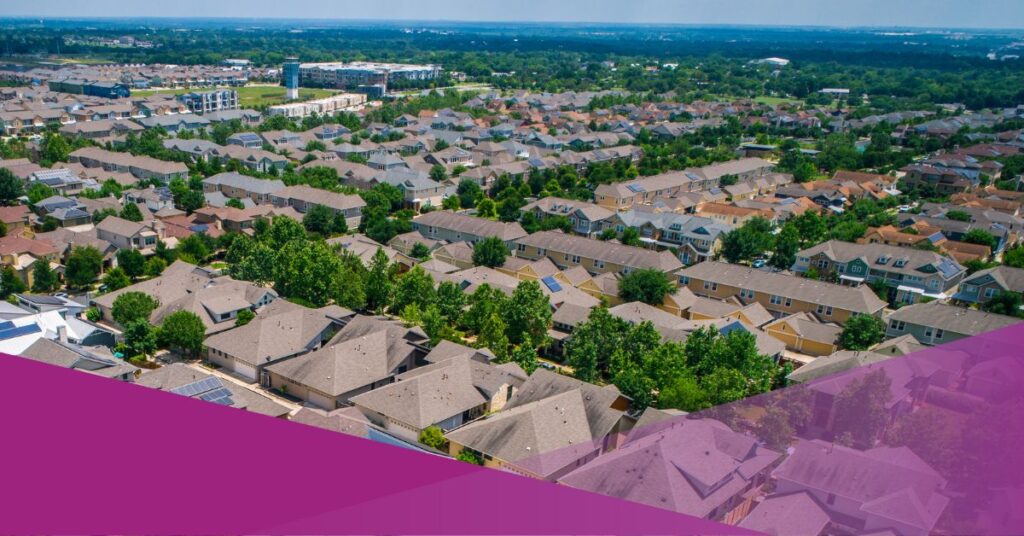Poverty Rate Indonesia Rises Sharply Under New World Bank Standard
A significant change in the World Bank’s poverty measurement method has sparked widespread public attention in Indonesia. On 13 June 2025, the World Bank released a factsheet titled “The World Bank’s Updated Global Poverty Lines: Indonesia”, outlining a revised standard based on purchasing power parity (PPP) 2021, replacing the previous PPP 2017.
This update has caused Indonesia’s poverty rate to appear much higher than the figures reported by the Central Statistics Agency (BPS or Statistics Indonesia).
According to the World Bank’s latest estimates, 194.6 million Indonesians now fall below the poverty threshold. This represents more than two-thirds of the total population of 285.1 million as recorded by the 2024 National Socio-Economic Survey (Susenas).
In contrast, BPS data shows that as of September 2024, only 8.57% of the population, or approximately 24.06 million people, were classified as poor.
The Indonesian Government’s Response
The stark difference in data prompted a response from Dedek Prayudi, Spokesperson for the Presidential Communication Office. In a video posted on the official Instagram account of the PCO on 15 June 2025, Dedek said, “Because, in essence, the two data are complementary, complementing each other. Because the objectives are different, the design is also different.”
Dedek explained that the World Bank’s poverty rate is used for international comparison and to identify global extreme poverty. “The data uses the same poverty line for all countries in a group,” he said. “But this line cannot fully reflect the local characteristics of poverty in a particular country. The prices used are based on one standard, even though price levels vary greatly between countries.”
How Statistics Measures Poverty in Indonesia

Dedek further explained that BPS-Statistics Indonesia uses a two-component system to determine national poverty: the food poverty line and the non-food poverty line. The food poverty line is based on a minimum consumption of 2,100 calories per day. “So, people who cannot consume 2,100 calories per day are considered poor,” he said.
The non-food poverty line considers access to essential services such as education, healthcare, and housing. These two components are then combined and converted into Indonesian rupiah using domestic prices.
The result is a national poverty line of IDR 595,242 per person per month as of September 2024. Anyone whose income falls below this line is considered poor by BPS.
Poverty Rate Indonesia: Why the World Bank’s Standard Differs
The World Bank acknowledged the discrepancy and inequality in its factsheet. “National and international poverty definitions are deliberately different because they are used for different purposes,” the statement reads.
National poverty lines, it explains, are designed to support domestic policymaking, while the international poverty line is intended to compare living standards and track poverty reduction globally.
According to the updated World Bank figures, the poverty threshold for Indonesia now stands at IDR 1,512,000 per person per month, based on an exchange rate of US$8.30 and PPP 2021 data. This is a substantial increase from the previous figure of US$6.85 (PPP 2017).
Five Poorest Countries in Southeast Asia by GDP per Capita in 2024
According to the Asian Development Bank (ADB), 4.7 million people in Southeast Asia fell into extreme poverty due to the Covid-19 pandemic in 2021.
The region also experienced a loss of 9.3 million jobs, with the most affected sectors including unskilled labour, retail, the informal economy, and small businesses lacking digital infrastructure.
The International Monetary Fund (IMF), through its World Economic Outlook report published in April 2024, listed the countries in Southeast Asia with the lowest gross domestic product (GDP) per capita in 2024 as follows:
1. Myanmar
Myanmar reported a GDP per capita of 1,247 United States dollars, or approximately 18 million Indonesian rupiah.
According to a report by the United Nations Development Programme (UNDP), Myanmar’s middle class has declined by 50 percent since 2021. The rise in poverty was largely attributed to the military coup in February 2021, which has significantly destabilised the country’s economy.
2. Timor-Leste
Timor-Leste recorded a GDP per capita of 1,453 United States dollars, or around 21.7 million Indonesian rupiah. The World Bank notes that Timor-Leste continues to face challenges in building public infrastructure and institutional frameworks following its independence from Indonesia in May 2002.
Economic fragility remains a central issue, and approximately 47 percent of children experience growth retardation due to inadequate educational and health services. These issues were compounded by the Covid-19 pandemic.
3. Laos
In a survey conducted by the World Bank in early 2024, 81 percent of households in Laos reported being affected by inflation, with over 60 percent reducing their food intake. Malnutrition remains a significant concern, with associated economic losses estimated at up to 200 million United States dollars per year.
In 2017, 33 percent of Laotian children under five years of age were stunted, 21 percent were underweight, and 9 percent were severely underweight.
These factors contribute to Laos’s GDP per capita of 1,976 United States dollars, or approximately 29.6 million Indonesian rupiah.
4. Cambodia
Cambodia experienced rapid economic growth between 1995 and 2019, averaging 7.6 percent per annum, according to the World Bank.
However, the pandemic led to increased unemployment and poverty. As of April 2024, the country’s GDP per capita was recorded at 2,627 United States dollars, or around 39.4 million Indonesian rupiah. Additionally, global pressures such as rising energy and food prices, linked to the Russia-Ukraine conflict, have further burdened the economy.
5. The Philippines
The Philippines ranks as the fifth country in Southeast Asia with the lowest GDP per capita, at 4,130 United States dollars or approximately 61.9 million Indonesian rupiah.
In 2023, the national poverty rate stood at 10.9 percent, which is equivalent to 2.99 million families unable to meet basic needs and other essential expenditures.
Is Indonesia’s Poverty Rate Truly at a Historic Low?
Although BPS reports indicate that Indonesia’s poverty rate has fallen to its lowest point since 1960, critics argue that this figure may be misleading.
The methodology used to define poverty has not been revised since 1998, raising concerns about whether the current poverty line accurately reflects today’s economic realities.
The current BPS poverty threshold of IDR 595,243 per month equates to just IDR 21,250 per day. By this measure, individuals earning slightly more than this amount are not considered poor, despite living with limited access to basic needs.
Comparatively, Indonesia’s poverty threshold is lower than those of neighbouring countries such as Timor Leste, Myanmar, Vietnam, and even several African nations including Nigeria and Chad.
Cover: Photo by Tom Fisk/Pexels
